In-Depth with the Windows 8 Consumer Preview
by Andrew Cunningham, Ryan Smith, Kristian Vättö & Jarred Walton on March 9, 2012 10:30 AM EST- Posted in
- Microsoft
- Operating Systems
- Windows
- Windows 8
The Desktop
If you refuse to believe that Metro can bring you anything but pain and sorrow, the good news is that the Windows desktop is still here, and it’s just as powerful and full-featured as it was in Windows 7. In fact, except for the absence of the Start button, it’s largely identical to the desktop in Windows 7—Metro is obviously where Microsoft has spent most of its development effort this cycle, but the Windows 7 desktop is still good enough that it’s not a big deal. You already know how this works if you’re a Windows user, but there have been a few useful enhancements and tweaks to give heavy desktop users some reason to upgrade.
Windows Explorer

A Windows 7 window (top) compared to a Windows 8 window (bottom). Note the very slightly narrower horizontal window borders in Windows 8.
The first thing you'll notice is that the window borders have changed slightly from those in Windows 7—corners are now squared-off, rather than rounded, and the font size in windows title bars is quite a bit larger. Window borders have also been put on a diet, though a very modest one—a Windows 8 window will use about four pixels less horizontal space than a Windows 7 window providing the same information.
The next thing you'll likely notice is that Windows Explorer has picked up the Ribbon interface first introduced in Office 2007. You’ve probably already seen and formed an opinion about the Ribbon (it also found its way into some Windows 7 applications like Paint and Wordpad, and was refined for Office 2010)—it was introduced in Office to replace the arcane maze of traditional menus and expose hidden functionality that people weren’t using because it was hard to find. In the context of a feature-rich program like Office, I think it does just what it was designed to do. In a less feature-packed program like Paint, I think it’s unnecessary but inoffensive. In Windows Explorer, it falls somewhere in between.

The Explorer ribbon is minimized by default
If you’re a power user who does most Explorer tasks with keystrokes (and let’s face it, 90% of what most people do in Explorer can be accomplished with just the CTRL, C, X, V, A, and Delete keys), you might not even notice the change—the ribbon is minimized by default and this makes Explorer look more or less like it did in Windows 7. You can expand and contract the ribbon using an arrow in the upper right-hand corner of the screen, and Windows Explorer will remember this preference for future sessions.
Clicking one of the headings like “File” or “Home” will expose all of the Ribbon functionality temporarily. The File menu is usually always present, and earns its keep solely by the ability to launch Command Prompt and PowerShell windows (both as the logged in user and as Administrator) in the current path, and the Home menu contains most commonly used file tasks (copy, paste, properties, and some others). The View tab controls the view settings, obviously, and the Share tab lets you share files both via email, printing, and burning to disc, as well as handling basic file sharing. To speed up window draw time, folders no longer display small icon overlays when shared or made private—you can view these settings by turning on new “sharing status” columns in Explorer. Hovering over most buttons will reveal tooltips that describe the button’s functionality and, if applicable, a keyboard shortcut that can be used to perform the same action.

A context-sensitive Ribbon menu
Other ribbon menus are context-sensitive, and show up only when applicable files are selected: for example, the Application Tools menu shows up when highlighting an executable, the Picture Tools menu shows up when highlighting an image, the Disk Tools menu appears when working with internal or external drives, and the Disc Image Tools menu shows up when highlighting an ISO or VHD image (both of which can be quickly and seamlessly mounted into Windows Explorer without third-party tools).
Copying Files
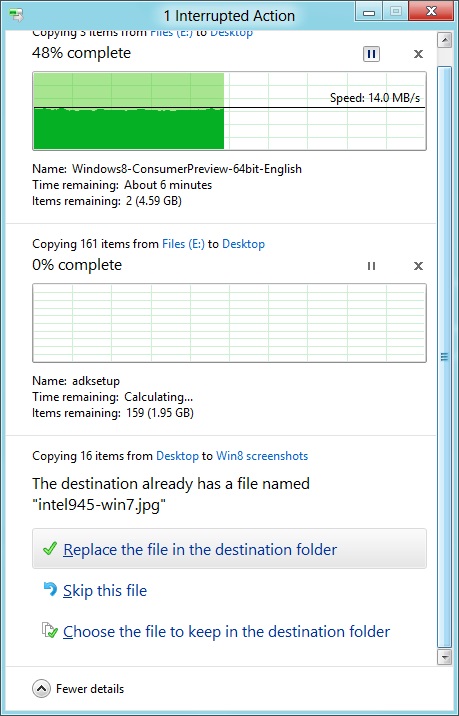
The new file copy dialog box is focused on giving you more information and more options than the file copy dialog in Windows 7. For starters, all file copy operations now happen in one unified window, instead of opening a new window for every file copy. Most file copy conflict resolution also takes place in this window without opening separate dialog boxes, though a separate window does pop up if you need to make choices more complicated than “skip” or “replace.” In the event of conflicts that need user input, Windows queues most error messages and displays them at the end of the operation, so as not to hang up the bulk of the copy waiting for user input.
When two files in a copy operation do conflict, Windows will give you the (opt-in) option to skip files that also have the same timestamp and file size while copying over files that just have the same name as files in the target folder. This catches files with the same name that have actually been changed while skipping over files that have stayed the same.
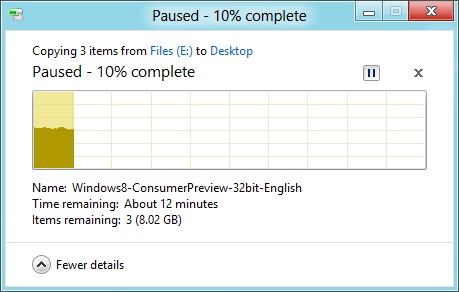
Copy operations can be paused manually, and will automatically pause if the computer hibernates or goes to sleep
In detail view, the progress bar for the copy also serves as a graph of the copy speed over time. Copy operations can be paused mid-stream, and if the computer goes to sleep or hibernates in the middle of a copy operation, the copy will pause and can be manually canceled or restarted the next time the computer wakes up.
SmartScreen
Windows 8 also brings Internet Explorer’s SmartScreen functionality to the OS level—when running an unrecognized or known-bad executable, Windows presents a full-screen message telling you that the program is unrecognized. By default, there’s no button to tell the program to run anyway, preventing an automated “just click Yes” response from users. To run the program, you must first click “More info,” and then click “run anyway.”
Some other, smaller changes have also been made to Explorer: images will now automatically rotate based on EXIF data, a tricky navigation pane scrolling bug has been removed, folders and executables can now be added to the Start screen, and users are no longer prompted to confirm whether they really want to send files to the Recycle Bin. All of these little changes add up to an Explorer update that’s a bit more impressive and a bit more useful than the one we got moving from Vista to 7.
Multi-monitor support
There are plenty of other Desktop features that don’t have anything to do with Explorer, and the most useful of them all is improved multi-monitor support.
In Windows 7 and before, Windows’ multi-monitor implementation supported displaying the taskbar on just one screen, meaning that no matter which screen you were working on you’d always have to go back to the main monitor to manipulate it. No more in Windows 8: the taskbar can now be configured to appear on both screens. This doesn’t change how programs remember their screen location—they still open on the screen they were last launched on, regardless of which taskbar you use to open them. The taskbar can either display all of your pinned icons on both monitors, or you can display all icons on the primary monitor and just icons for open windows on the second monitor. Taskbar location/orientation can be configured independently on both monitors.
For multi-monitor users, Microsoft provides some extra-wide wallpapers that can stretch across multiple screens, but there’s still no way to use a different wallpaper for each desktop, something that OS X has supported forever. It’s not a big deal, but I’m not sure what technical hurdle it is that Microsoft can’t jump over here. Update: As several readers have pointed out, you can set separate wallpapers for different monitors by right-clicking on the wallpapers in the Personalize control panel and selecting "Set for monitor X" as shown in the screenshot below. Thanks to all who sent this in!

When using a multi-monitor setup, the start screen and Metro apps can only use the primary monitor. You can continue to watch a video or work in desktop apps on the other screen without interrupting what you’re doing in Metro, and vice versa—when not using a desktop app, the desktop and taskbar will sit on the other monitor(s) and wait for your input. Changing your primary monitor can be done in a few different ways—in the Screen Resolution control panel (as in Windows Setup), via the Metro Devices charm, and by right-clicking the taskbar on the secondary monitor and clicking “make this my primary taskbar.”
Notifications

Notifications in Windows 8 eschew desktop windows entirely, even when you’re using the desktop. When an action prompts a notification (common causes include insertion of USB drives or other media and installation of new programs, as well as those generated by installed Metro apps), it slides in from the upper-right corner of the screen. Clicking or tapping it will bring up a menu that lets you decide what you want to do.
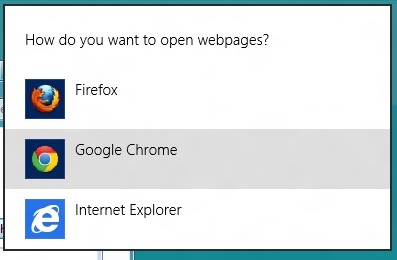
You can control which apps send you notifications in the Settings charm, or in the Metro control panel. Like other mobile OSes, Windows lists all apps capable of sending notifications and lets you toggle them on and off with a slider.
...The More Things Stay the Same
The changes above are the most significant you'll see on the desktop—otherwise, most things have stayed the same. Things like Paint, most Control Panels, WordPad, the Event Viewer, Windows Media Player and countless other built-in Windows tools are more or less identical to their Windows 7 counterparts, often implementing a version bump from 6.1 (Windows 7) to 6.2 (Windows 8) to keep things consistent. Remember: the XP (5.1) to Vista (6.0) transition was the last major under-the-hood version jump for Windows. To maintain compatibility with programs that check the Windows version number, Windows 7 was actually Windows 6.1, and in the same spirit Windows 8 is Windows 6.2.
I don't expect most people to feel very strongly about these non-changes, but there is one that will make a small but vocal subsection of the Windows user base pretty upset: Windows Media Center is still here, and it’s... exactly the same as the Windows 7 version. I suppose that’s good news, if you’re married to Media Center or if you were worried that it would be removed, but if you’re expecting the program to continue to evolve and improve as time goes on, well, it might be time to start looking into alternatives.


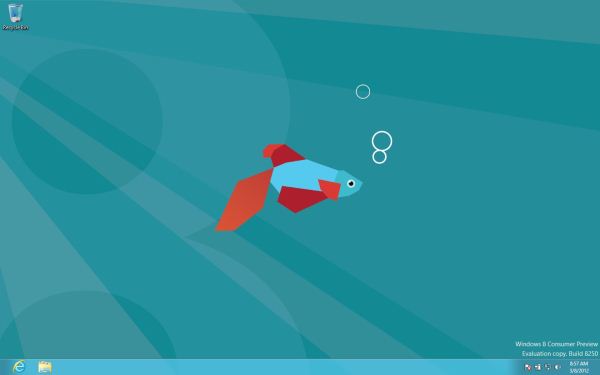
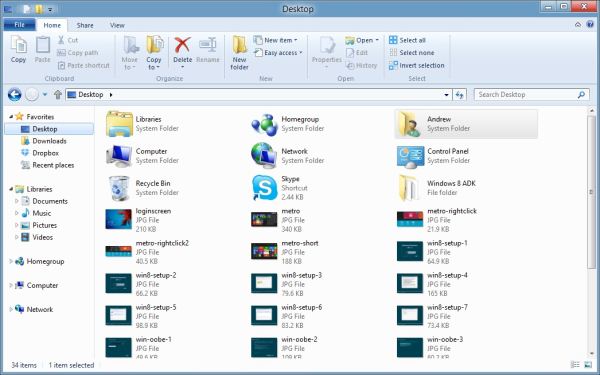
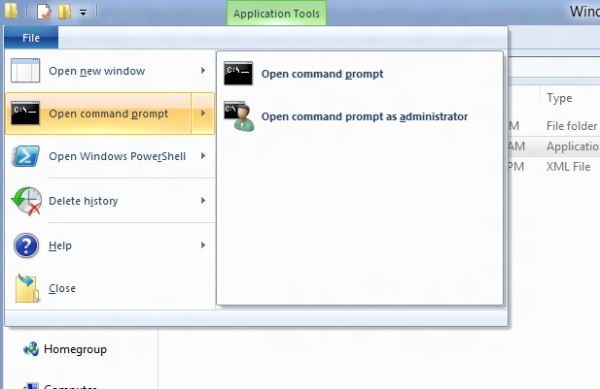
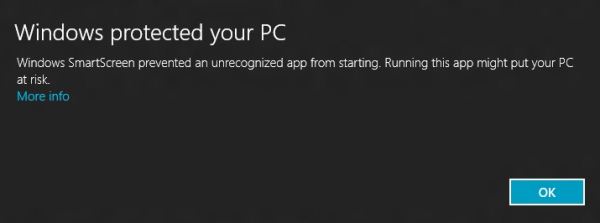
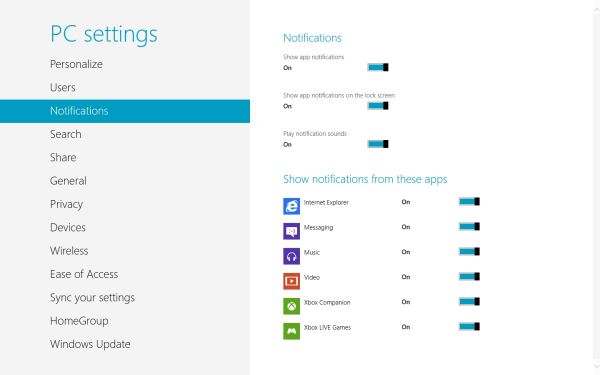








286 Comments
View All Comments
Andrew.a.cunningham - Friday, March 9, 2012 - link
..."Apples IPAD is the reason for sparking the tablet market to what it is today..."Bingo.
medi01 - Monday, March 12, 2012 - link
No bingo. Just price drop on major components. If not Apple it would have been someone else. Just less hyped. Netbook is a good instance of it.Oh, and for anyone who had intensively used pocket PCs, transition to "add a phone to it" was more then obivous too.
kmmatney - Friday, March 9, 2012 - link
Plain and simple - none of those tablets mattered. A co-worker of mine had a Toshiba "tablet" PC back in 2003, running Windows XP. It was just a laptop computer where you could flip the screen around and then you could use a stylus to jot down notes. However it was always easier just to type the notes in, so it was used as a normal laptop 99% of the time. There were very few apps that made use of the tablet capability. I just can't call this device a true tablet, like the iPad. The tablet market didn't really exists until APple put everything together into a package specifically designed for 100% tablet usage.ananduser - Friday, March 9, 2012 - link
Which unfortunately happened to be an enlarged smartphone.bji - Friday, March 9, 2012 - link
What's unfortunate about it? People love the device and its precedent (iPhone) led the way.PopinFRESH007 - Sunday, April 15, 2012 - link
I might have missed it but I don't think anyone said Apple invented tablet computers. As you noted, Apple was certainly the only one who was able to create a tablet market. Those old convertible hinge laptops that Microsoft called Tablet PC's back in the day were garbage and nothing ever happened with them. I don't even remember them lasting on the market for more than a year. Because it was another example of Microsoft cramming a point & click interface into a hand held device. Microsoft can't seem to learn that different form factors and interaction methods won't all work ok with the same UI.kevith - Friday, March 9, 2012 - link
I really like Win 8.The Metro-thing is a very good replacement for the - apparently - beloved Start Menu. Fast and versatile, with the very nice writing-instantly-invokes-search feature. The app-drawer and the "charms", in combination with keystrokes make a very powerful and very fast UI.
The desktop is almost the same, only a few things have changed, all for the better.
I liked Win 7 immidiately, the same goes for 8.
I´m excited to see the final result.
Andrew.a.cunningham - Friday, March 9, 2012 - link
It's interesting, because my initial reaction to Metro was much more negative, but after a week and a half of near-constant usage I took a liking to it. I definitely understand why people object to it, but I think too many people aren't making an honest effort to use the UI and evaluate it on its own merits/demerits.faizoff - Friday, March 9, 2012 - link
Yea very similar reaction for me as well. I didn't like it at first but now find that I'm using it a lot.emalamisura - Friday, March 9, 2012 - link
I have been using Windows 8 as my primary desktop since its release, I am a developer and I have a triple monitor setup at home and I have to say it has had the opposite effect for me. I was excited about it at first, and now I have grown to absolutely hate it and despise it. The main things for me are the primary things you mentioned, the little popup box where start menu use to be dissapears when I try to click it - gets me every time, just cant adjust to it. The charms bar is very difficult to hit, often going to other screen, when I do get it, I often scroll off of it by accident and it vanishes again. I have attempted to use the Windows key more often, but I feel like I am being forced into this situation.Most of the time I avoid using Metro as much as possible, its actually quite useless to me, I go into it and pin as many applications to my task bar as possible so I can avoid going into it at all to launch something. The wierd way that the Desktop shows on my left and right monitors and metro in my primary, and when I try to keep metro up and use a Desktop app it vanishes to an empty desktop is just very wierd to me and not helpful at all! I at least wish I could snap Metro apps onto my other monitors, make it more useful to me...
Microsoft claims "Desktop is just another app", its a bold statement that falls short at every turn. You get dropped into Desktop for doing anything remotely technical, want to change monitor configuration Desktop, want to browse a drive Desktop...etc.
Whats funny is I love Metro by itself, I love all the changes they have done to desktop as well. But when you combine these two things that have no business being together you get this Frankenstain amalgamation that just simply doesn't work, and I don't see how it will ever work! Maybe they can prove me wrong, I hope they do...